The Larsen’s opening is an unorthodox or flank opening that starts with 1. b3.
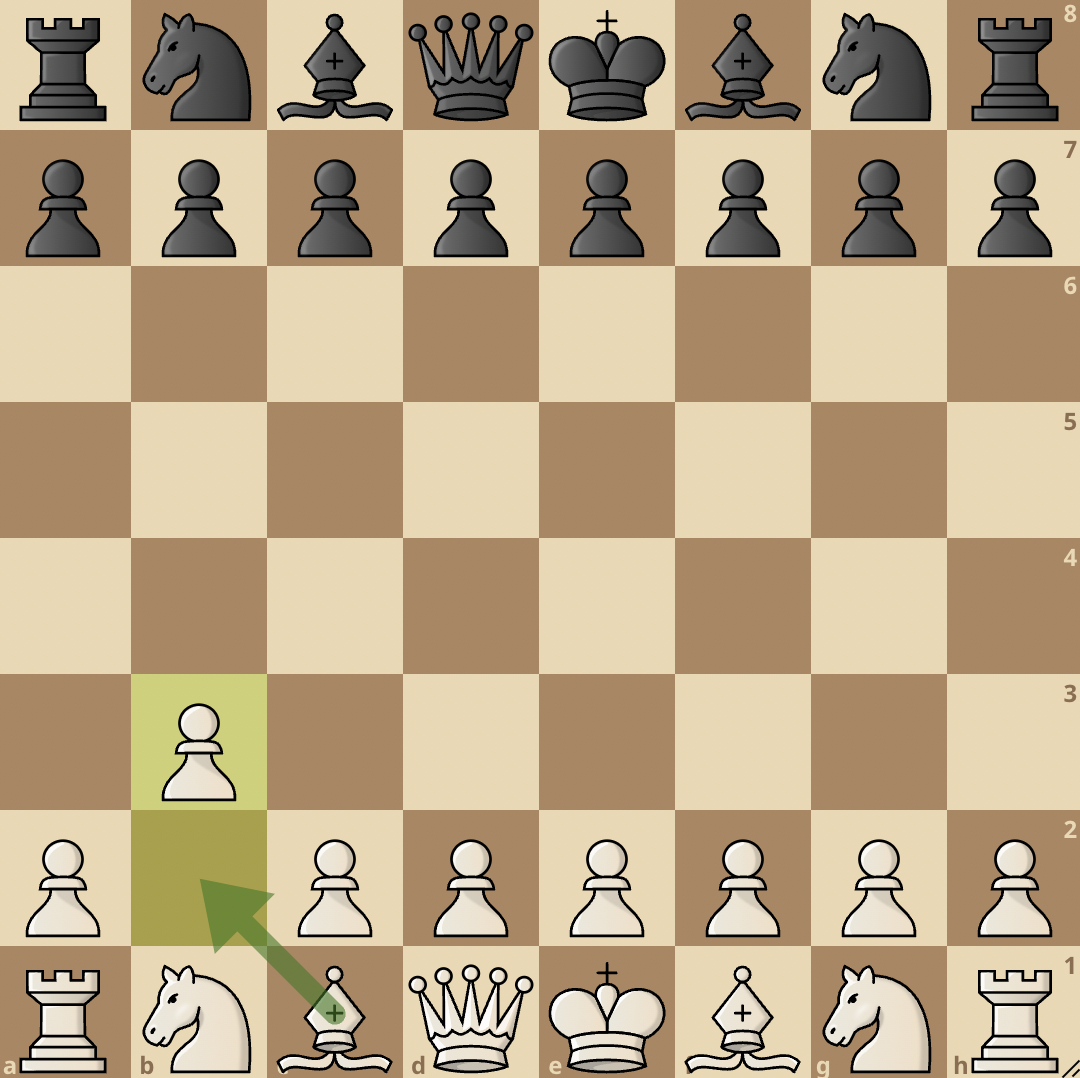
b3 is an unconventional opening that does not immediately attack the center, rather, White focuses on developing the b-pawn, fianchettoing the bishop, and looking to control the dark-squared diagonal.
The Larsen’s opening is also known as the Nimzowitsch-Larsen Attack or Nimzo-Larsen Attack as it’s named after Aron Nimzowitsch and Bent Larsen.
After 1. b3, Black has a few popular ways of replying to b3.
The three main moves are 1…e5, 1…d5 and 1…Nf6.
Let’s take a look at the variations that stem from the main moves.
1…e5 Modern Variation
1. b3 e5
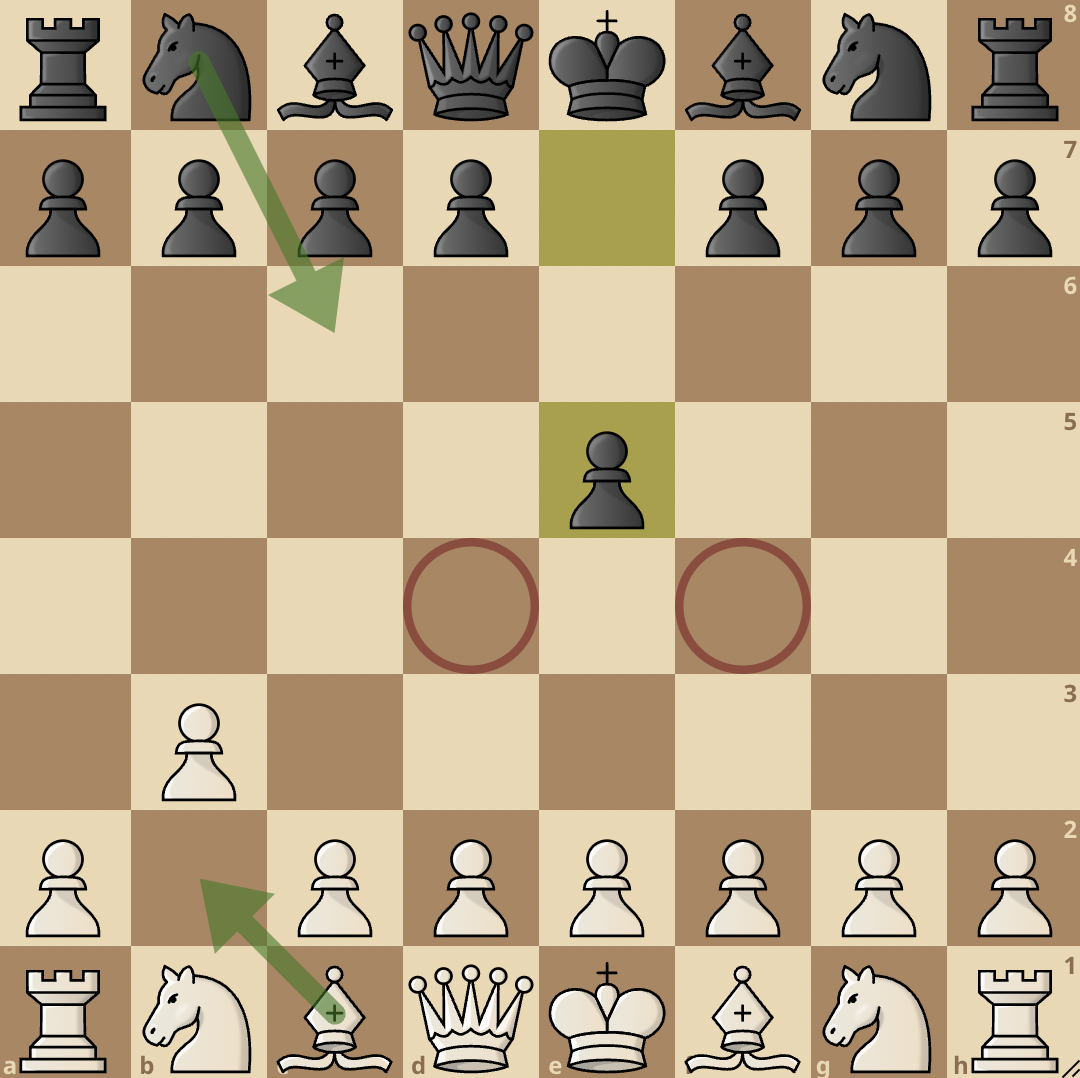
If Black replies with 1…e5, we enter the Modern variation.
In this variation, Black sees that White is not interested in occupying the center so they immediately grab it with …e5. Black now controls the d4 and f4 squares.
White then continues with their plan and they fianchetto their dark-squared bishop with 2. Bb2.
Bb2 comes with an attack on the e5 pawn, Black has to do something about this and they defend with 2…Nc6.
White now plays 3. e3, opening up lines for their light-squared bishop and keeping the possibility of playing d4 at some point to fight for the center.
From here, Black has two main options, they can continue developing pieces with 3…Nf6 (which is the most played move) or play 3…d5 and grab more space in the center.
We’ll take a look at the two continuations and see how to navigate them.
3…Nf6

If Black plays 3…Nf6, White continues with 4. Bb5, attacking the c6 knight.
The knight on c6 is the protector of the e5 pawn and if it falls, then the pawn comes under threat of being captured by the White bishop on b2.
Therefore, Black adds another defender to the pawn by playing 4…Bd6. From here, White has a host of options, but 5. Ne2 has been favored by many grandmasters.
Black chases the b5 bishop away with 5…a6. The bishop does not have any good squares to retreat to, so capturing the knight with 6. Bxc6 is the best move.
Black then recaptures with 6…dxc6. White now plays 7. d3 and Black plays 7…Qe7. By playing …Qe7, Black keeps the option for queenside castle alive.
White then develops their other knight with 8. Nd2 and Black plays 8…Be6, developing their other bishop. Both sides then castle opposite with 9. 0-0 0-0-0.
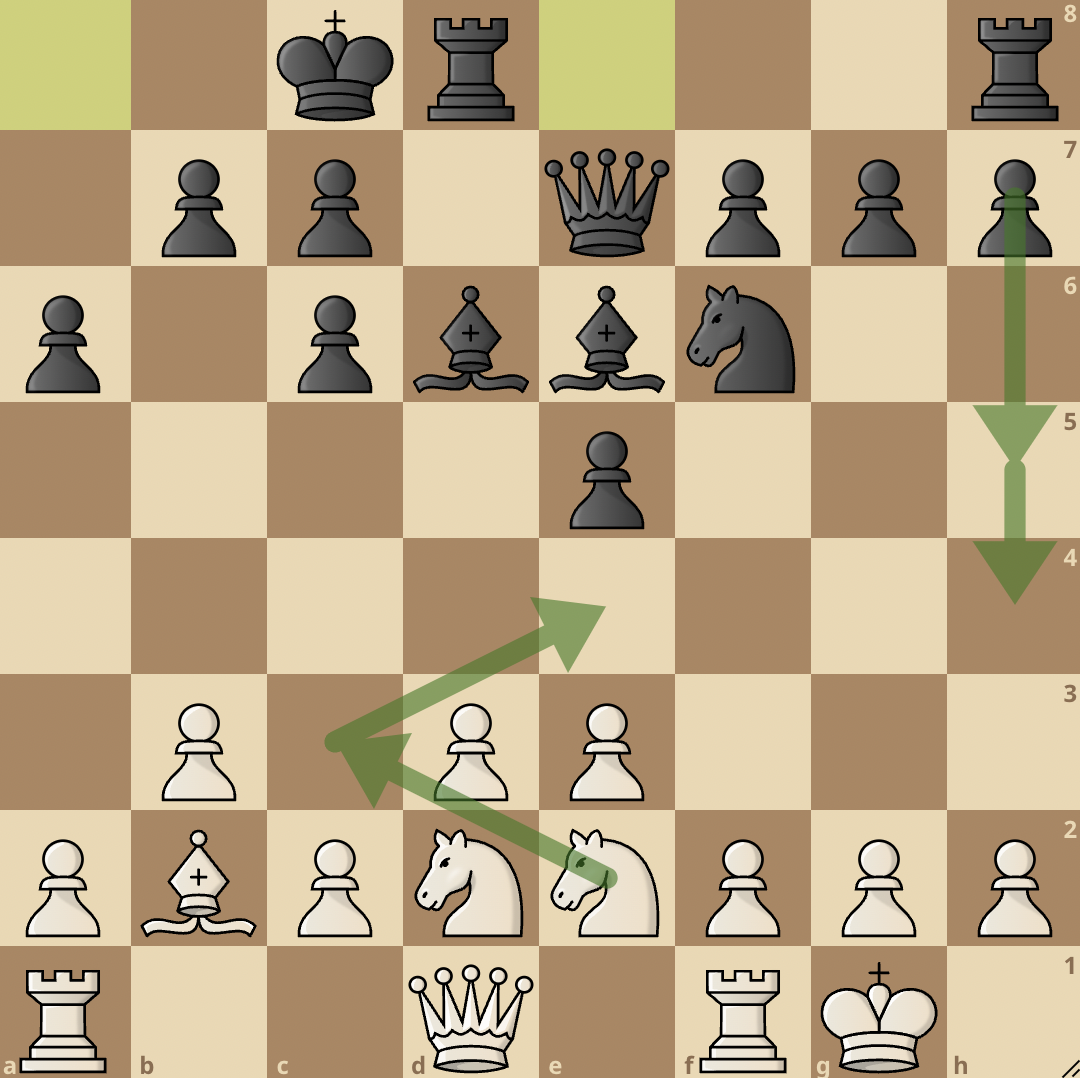
Since there’s an opposite side castle on the board, it becomes a race to see who can checkmate the opponent’s king first.
3…d5
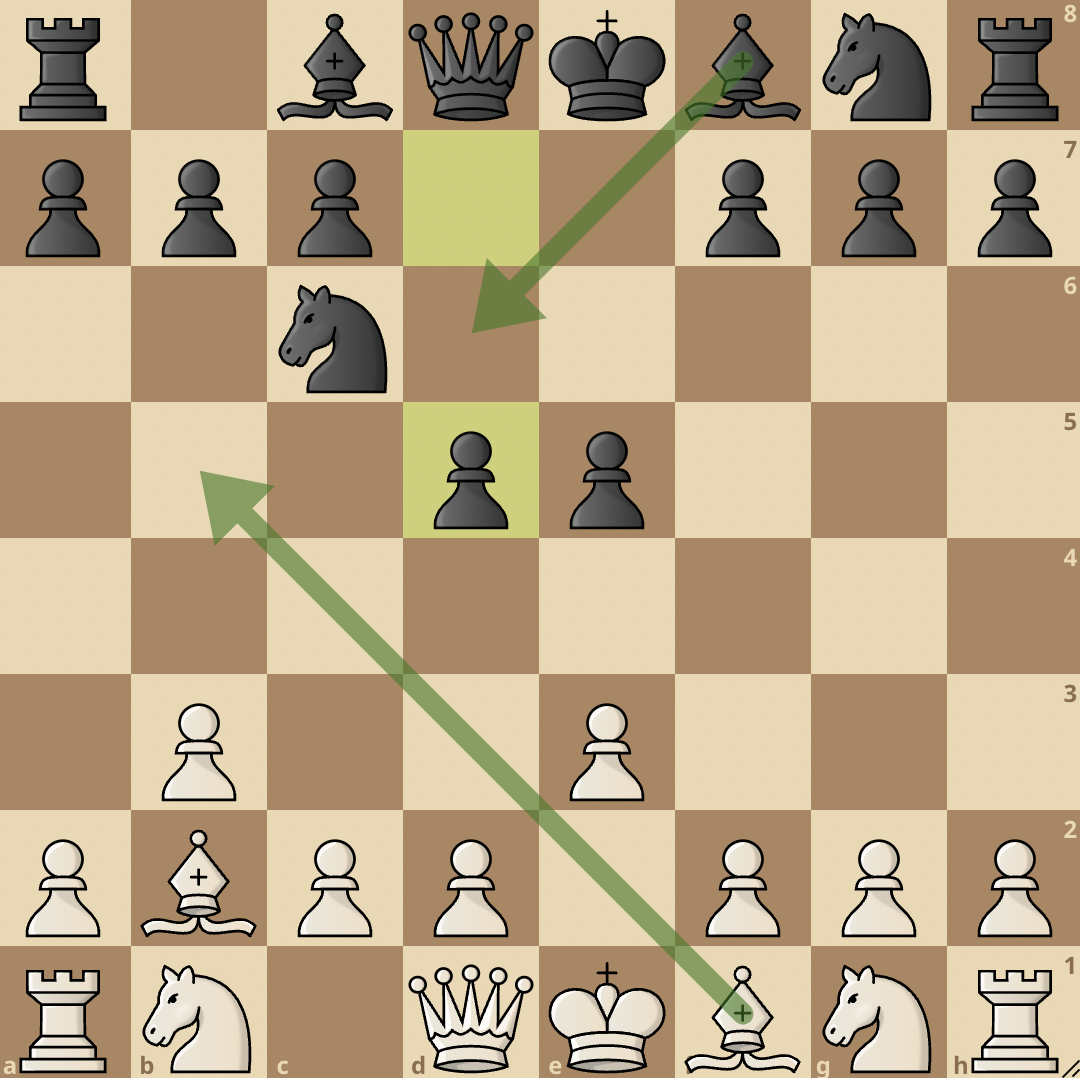
Black can also decide to play 3…d5 and expand in the center. From here, White will continue with 4. Bb5, pinning down the c6 knight.
The e5 pawn is now under threat of capture by the b2 bishop so Black plays 4…Bd6 to defend it.
White continues with 5. Nf3, increasing pressure on the e5 pawn, and Black plays 5…Qe7, adding another defender.
White can immediately decide to strike in the center with 6. c4 and Black’s popular option is capturing the pawn with 6…dxc4.
7. bxc4 follows and Black plays 7…Bd7, breaking the pin on the c6 knight. White develops their knight with 8. Nc3 and Black does the same with 8…Nf6.

The position here is quite calm and both sides have chances of fighting for an advantage. Black has a better pawn structure, while White has more chances of initiating an attack.
Now that we have looked at what happens when Black responds to 1. b3 with …e5, let’s look at other options.
1…d5 Classical Variation
1. b3 d5

1…d5 is the second most popular reply to b3.
Here, Black looks to control the center and open up their light-squared bishop. The d5 pawn also controls the e4 square and stops White from playing Nc3 as d4 would kick the knight away.
White continues with 2. Bb2 and Black plays 2…Nf6, strengthening their hold on the e4 square. White continues with 3. e3 and Black plays 3…Bf5.
4. Nf3 is played and Black now adds further support to their d5 pawn with 4…e6. e6 also opens up the dark-squared bishop.
White continues development with 5. Be2 and they prepare to castle. Black plays 5…h6 to prevent ideas of Nh4 and White castles with 6. 0-0.
Black then develops their dark-squared bishop with 6…Be7 and White attacks the center with 7. c4. Black castles with 7…0-0 and White increases their control over the center with 8. d4.
Black captures the c-pawn with 8…dxc4 and after White recaptures with 9. Bxc4, Black plays 9…c5. An exchange of pawns then happens with 10. dxc5 and Bxc5.
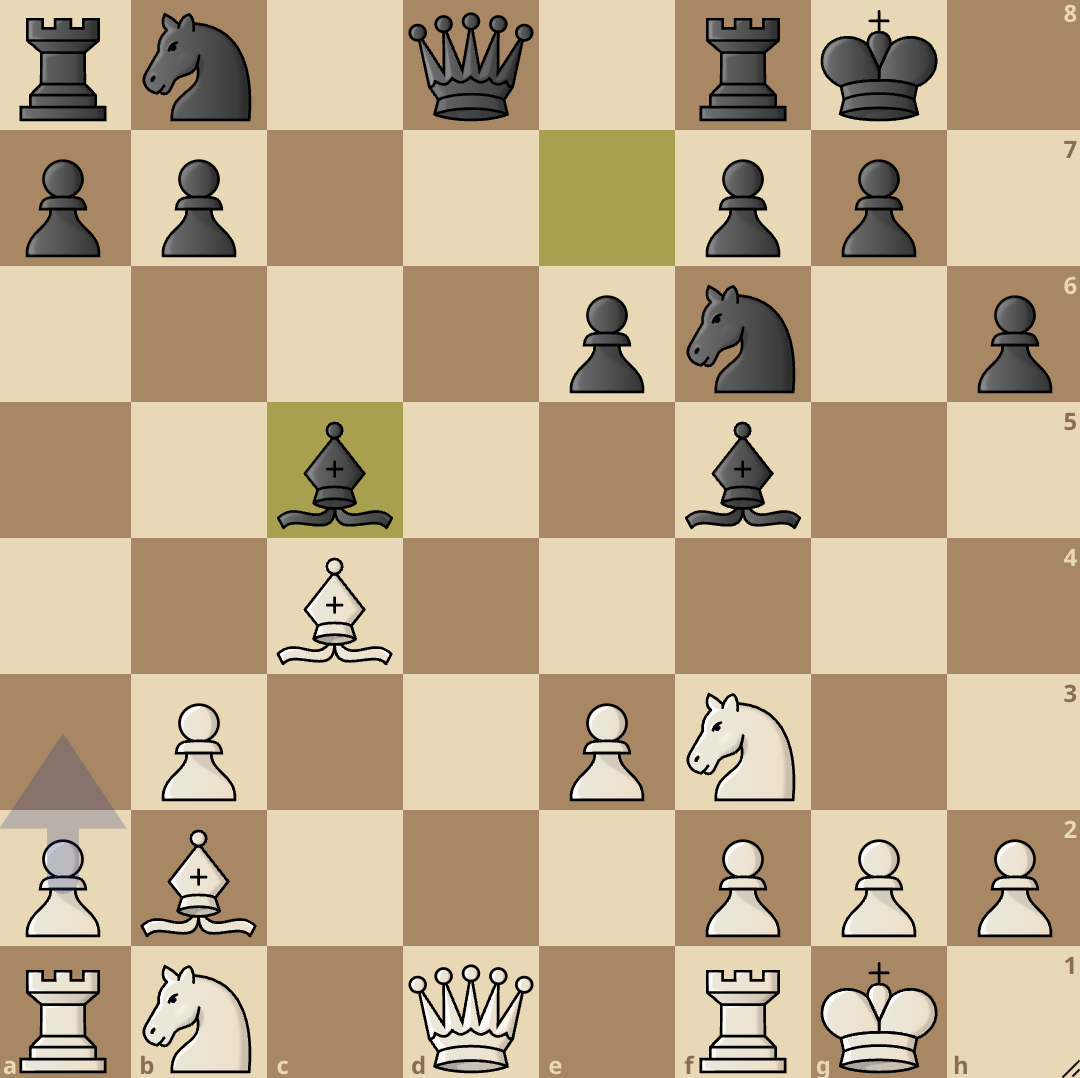
The position here is very equal. Both sides have an equal number of pieces and identical pawn structures.
1…Nf6 Indian Variation
1. b3 Nf6

1…Nf6 is another way Black can decide to tackle the Larsen opening. This variation is known as the Indian variation.
White continues with 2. Bb2 and Black plays 2…g6. By playing …g6, Black looks to fianchetto their bishop to the g7 square and counter White’s dark-squared bishop on the b2 square.
White continues with 3. g3, preparing to fianchetto their other bishop and Black plays 3…Bg7. White continues with 4. Bg2 and Black castles with 4…0-0.
White then plays 5. Nf3 and Black attacks the center with 5…d5. After …d5, White challenges the pawn with 6. c4, and Black plays 6…c6, adding support to their d5 pawn. White then castles with 7. 0-0 and Black plays 7…Bg4.
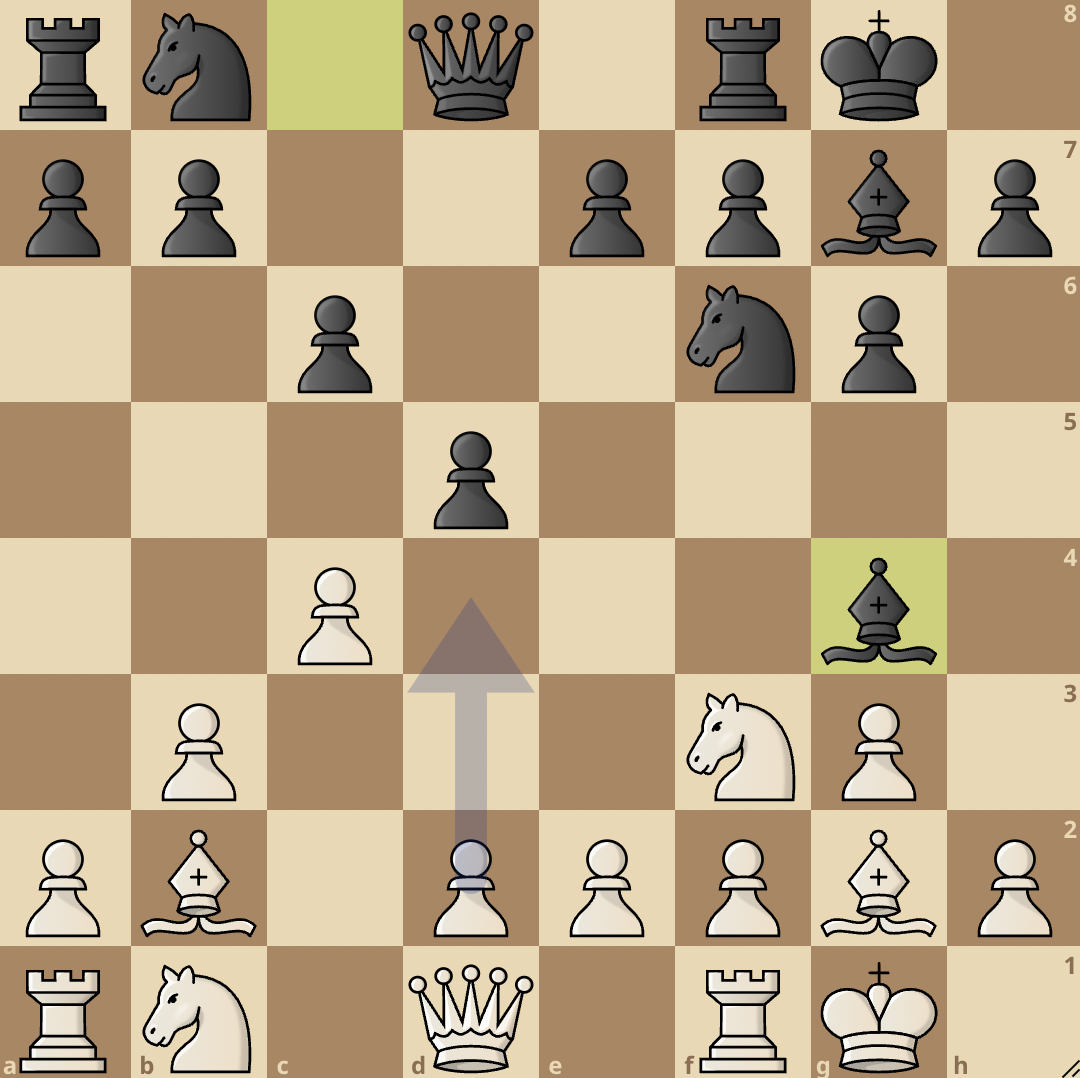
The position on the board is a fairly equal one, White has two fianchettoed bishops and a solid position and very good command of the e5 square.
Successful Deployments
Touch the moves or move the board around for a better interactive experience.
Robert James Fischer v Henrique Mecking, Palma de Mallorca Interzonal (1970)
The 1970 Palma de Mallorca Interzonal Tournament featured some very interesting games and Fischer was at the center of quite a number of them.
His game against Henrique Mecking featured the Larsen’s opening and Fischer won a nice game with the opening.
Wesley So v Magnus Carlsen, CCT Final KO (2023)
The Larsen’s opening is a solid opening that allows White flexibility and gives attacking chances. However, when the opening comes against the highest-rated chess player in the world, it takes a whole lot of effort to take him down.
In the 2023 CCT Final, Wesley So employed the Larsen against Magnus Carlsen, however, it was not enough to take the former world champion down and Carlsen emerged victorious.
Baadur Jobava v Etienne Bacrot, Fujairah Masters (2012)
Baadur Jobava is known to be an exciting player who plays a lot of unorthodox openings. Therefore, it’s no surprise to see him employ an opening like the Larsen.
Jobava is also very proficient in the Larsen and he showed that in many games, one of them being his win against Etienne Bacrot in the 2012 Fujairah Masters.





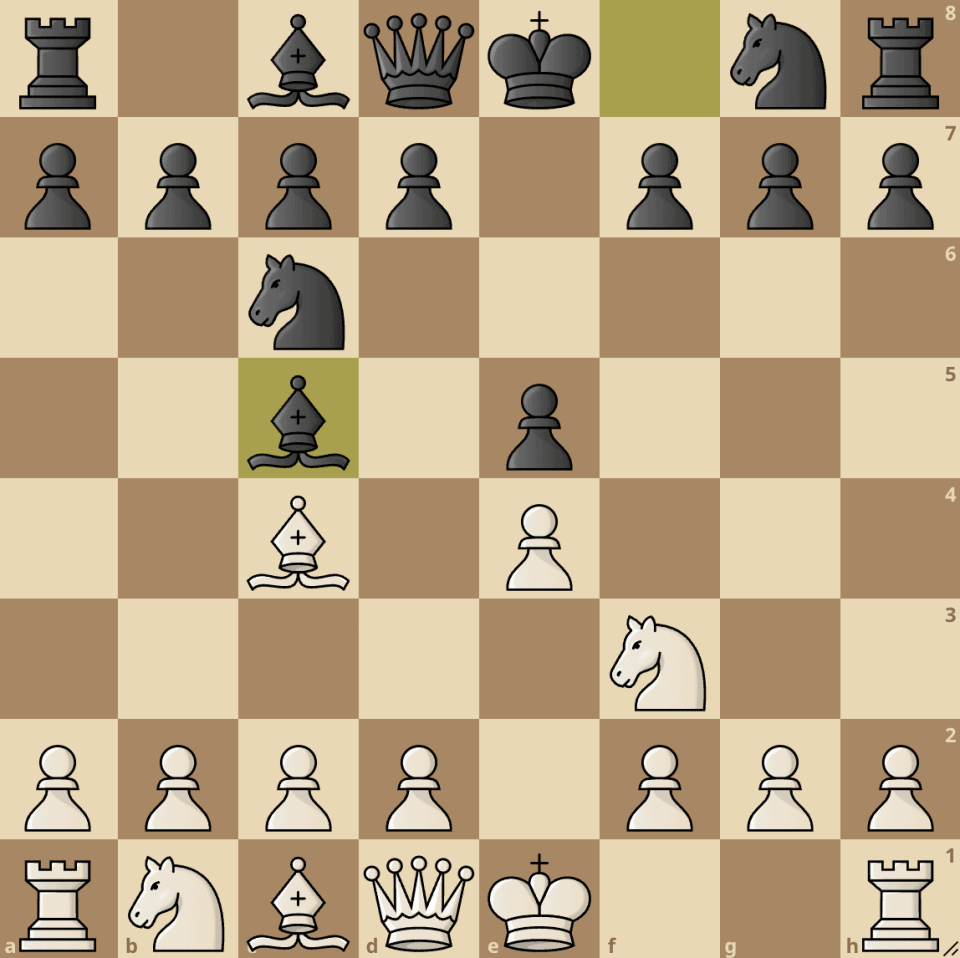

join the conversation